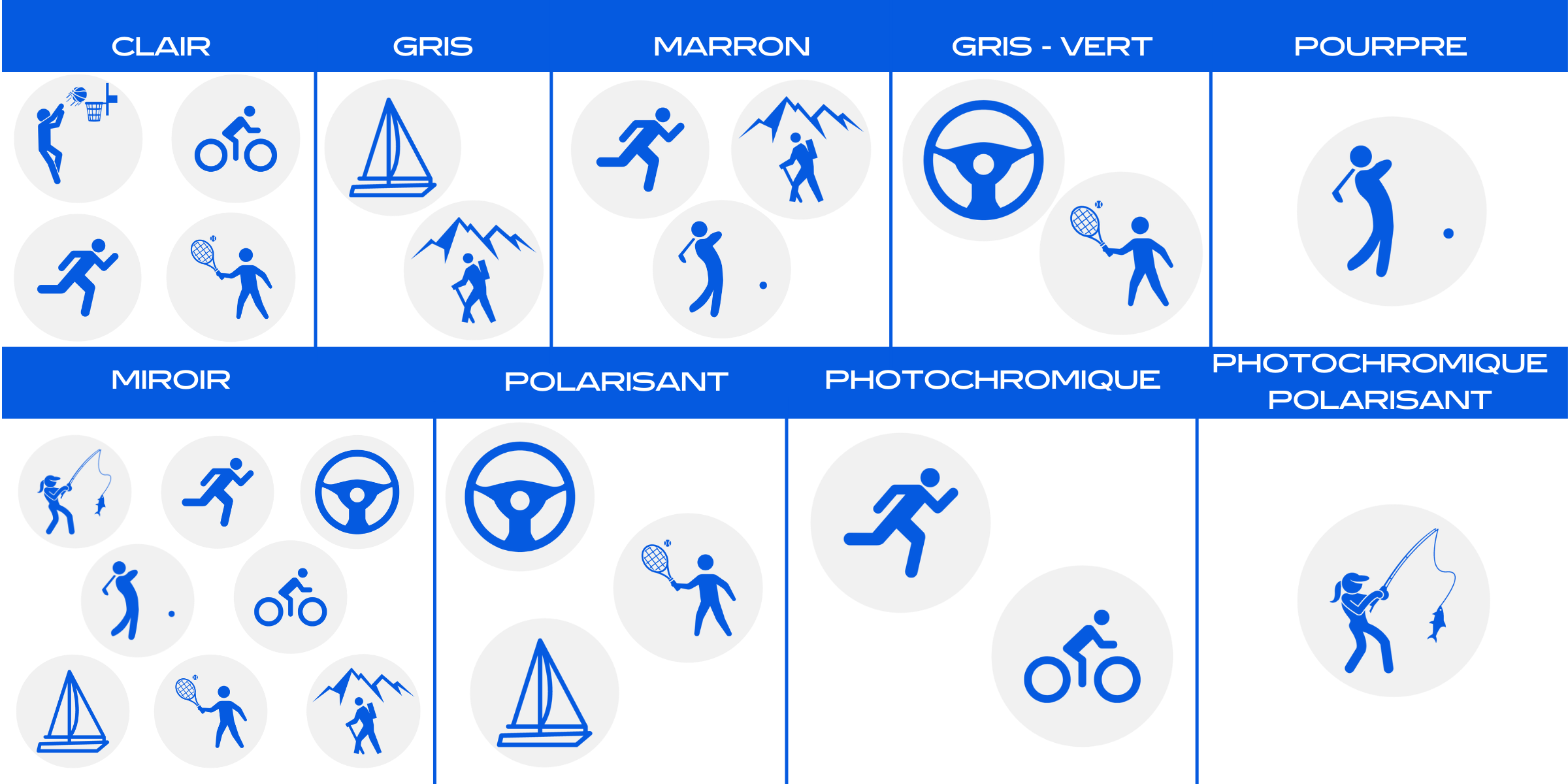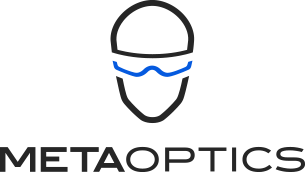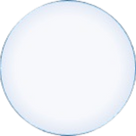
Clear Lenses
Perfectly transparent, clear lenses have to be used indoors, on sunless days, or at night.
The materials we use to filter out 100% of UV rays.
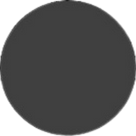
Grey Lenses
The gray tint reduces the intensity of light without changing the perception of colors. This tint is generally very appreciated by hypermetropes.
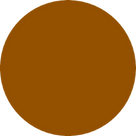
Brown Lenses
While reducing the light intensity, the brown tint brings a warmer component to the colors. This will have the effect to improve contrast. This hue is generally appreciated by nearsighted people.
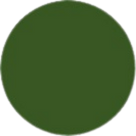
Grey-Green Lenses
The best neutral hue because it is located in the middle of the visible spectrum, the Yellow-Green note of this lens makes color perception more dynamic.
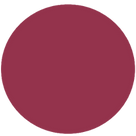
Purple Lenses
A contrast enhancer, the purple color is particularly suitable for outdoor sports in mid-season when light conditions are low to medium.
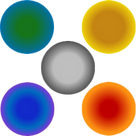
Mirrors
Mirror treatments reduce light transmission by 2 to 3%. They are the perfect complement to the classic tints for use in high light conditions and play an important aesthetic role in the look of the equipment.
They may, however, slightly alter the perception of the basic tint of the lens.
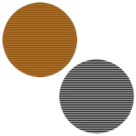
Polarizing Lenses
Combined with the properties of the base color, the polarizing film eliminates stray reflections and restores a palette of rich, nuanced shades.
However, it is important to note that the suppression of reflections on horizontal surfaces can have some disadvantages in certain sports. For example:
- On the golf course, the slope variations on the green will be less noticeable because of the lack of reflections on the blades of grass.
- In sailing, you will read less accurately the reefs on the surface of the water.
- On a trail or mountain bike, you will see less of the surface of the puddles. Beware of surprises!
- In ski, the ice patches will become less visible.
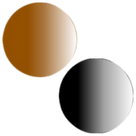
Photochromic Lenses
The tint of the lens adapts to the ambient luminosity (quantity of UV) and thus allows you to have a lens that can be used throughout the day, including at night for category 0-3 lenses and whatever the season. It is the "all seasons" and "all conditions" lens by excellence.
It is important to note that the reaction time to darken is faster than to lighten, so in case of sudden changes in light, the glass will take 15 to 30 seconds to adjust to the new environment.
Temperature also affects the dynamic performance of the lens. Cold temperatures accelerate and amplify the photochromic effect, while high temperatures reduce performance.
Finally, behind a windshield, the amount of UV is greatly reduced, which also reduces photochromic operation.
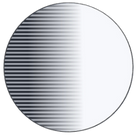
Polarizing Photochromic Lenses
XTRActive Photochromic - Polarizing lenses are the best compromise that allows you to adapt to all light conditions all year round, including behind a car windshield.
You can add a mirror treatment to accentuate the filtration and match the color of your frame.
It should be noted, however, that XTRActive lenses have a base tint of about 15%, which can be uncomfortable for the user in low light conditions, such as at dusk.
OUR RECOMMENDATIONS
